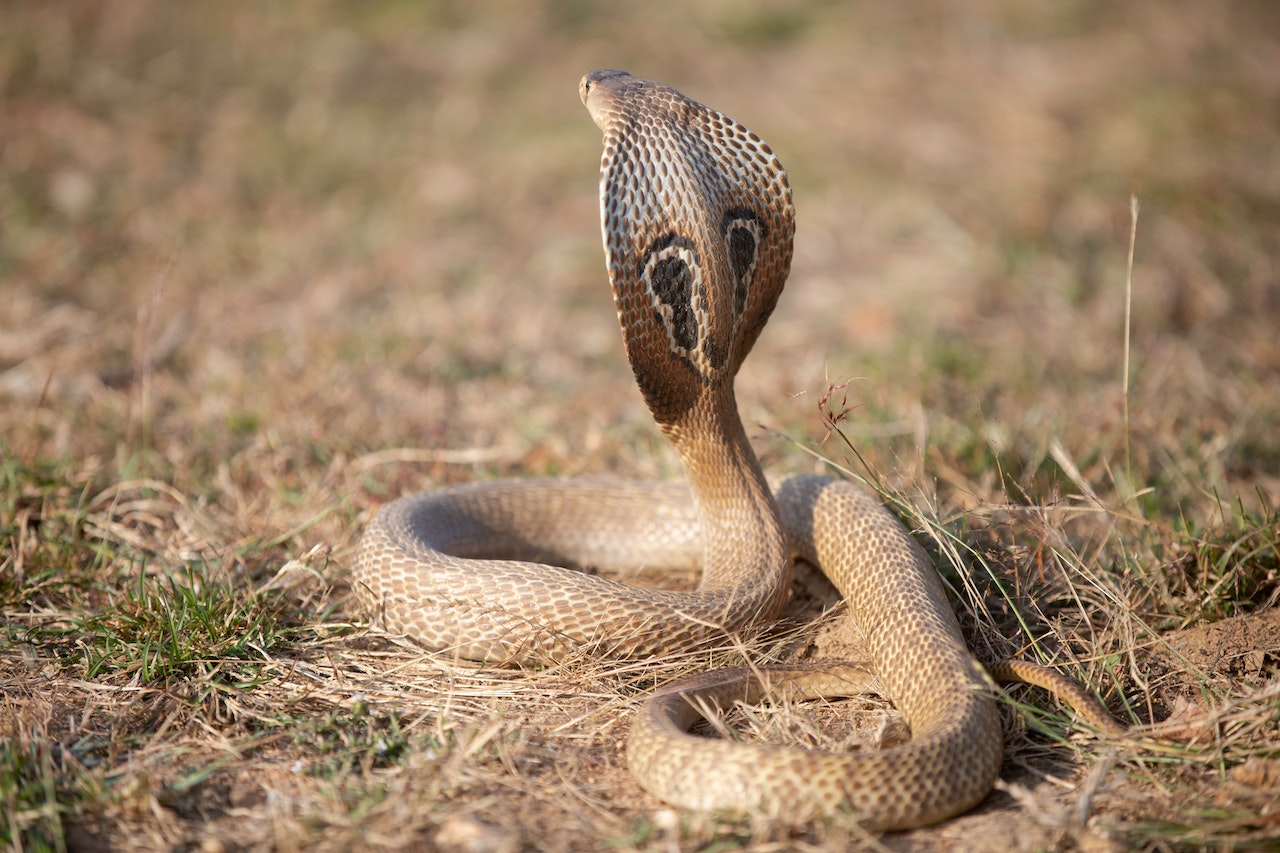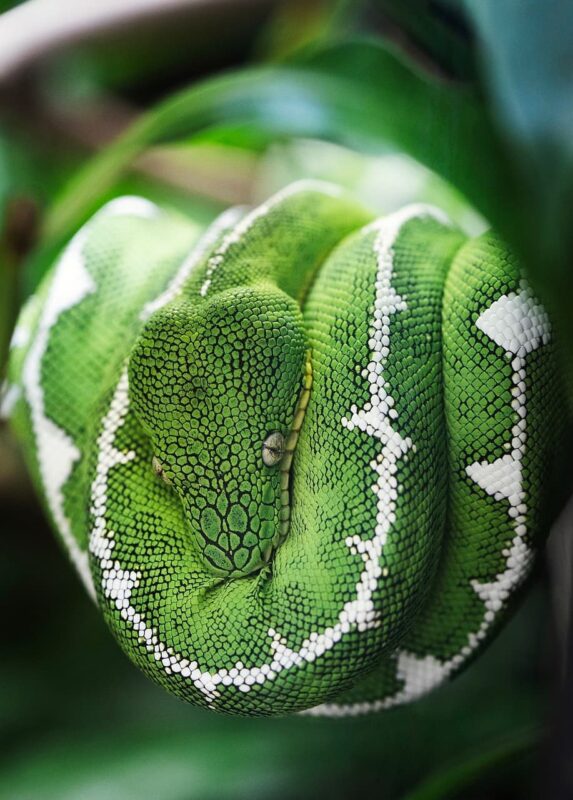On hot summer days, terrarium fans like to relax in the shady garden with their tablet. It’s a great place to stay cool while learning even more about the beloved animals. On World Snake Day, we at ECONLUX naturally thinks of particularly curious facts about snakes.
Why does the cobra wear glasses?
The South Asian cobra (Naja naja) is commonly known as the “spectacled cobra.” Of course, it doesn’t have poor eyesight and doesn’t actually wear glasses on its head. Instead, its “glasses” serve as a form of protection and are located on its back—more precisely, on the rear side of its hood.
In case of danger, the venomous snake raises the front part of its body and spreads the skin on its neck wide. This makes it appear more threatening and larger.
The downside: this posture significantly limits the snake’s side and rear vision. It is believed that the distinct pattern, which is especially pronounced in juveniles, provides some degree of protection from behind. Potential predators approaching from the rear while the cobra is in this defensive stance may be tricked into thinking they are being watched by a large animal. Intimidated by this illusion, most predators refrain from attacking or hesitate, giving the spectacled cobra valuable time to escape.

By the way
Did you know? Humans also use this kind of deterrent effect against predators that prefer to attack from behind! For many years, forest workers in Bangladesh wore face masks on the back of their heads to prevent attacks by Bengal tigers—at least until the tigers eventually learned to outsmart the trick.
A “pair of glasses,” however, is not exclusive to the “spectacled cobra.” Other animals that “wear glasses” include the African penguin, the spectacled bear, the spectacled owl, and the spectacled caiman.
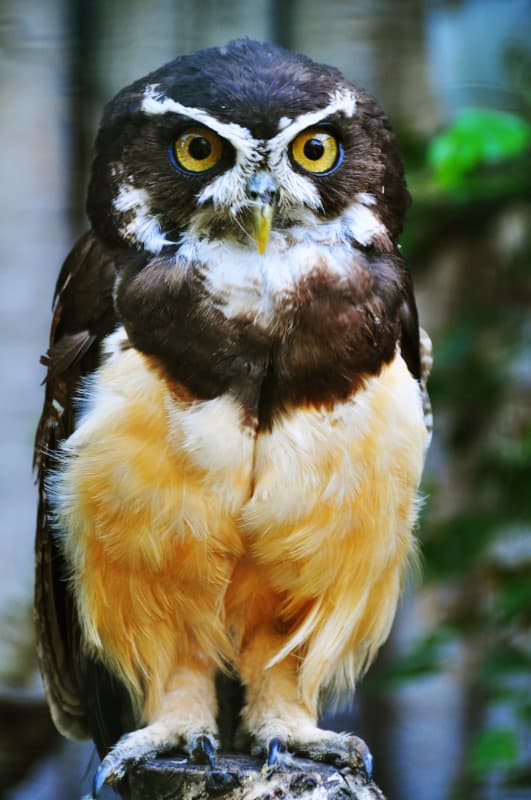



Are snakes late sleepers?
In general, this question can probably be answered with “yes”—at least when talking about pet snakes. Since they receive enough food regularly with minimal hunting effort, they spend a lot of time resting, digesting, and sleeping.
Sleep can sometimes take up to 16 to 20 hours a day.
However, it is difficult to tell whether a snake is sleeping or not. Since snakes do not have eyelids, they sleep with their eyes open. On one hand, this serves as excellent camouflage, and on the other, it keeps their reflexes active, allowing them to remain aware of their surroundings and react quickly to movements or environmental changes.
Sleeping doesn’t necessarily happen at night. On the contrary, many species are crepuscular and nocturnal. After soaking up enough warmth during the day, they become active later in the evening.
The champion of long sleeping among animals is the koala, which sleeps up to 22 hours a day.
Do only “snake charmers” worship snakes?
In the story of Adam and Eve in the Bible, as well as in many proverbs and sayings, the snake plays a negative role. It is portrayed as deceitful, malicious, cunning, hypnotic, seductive, and devilish.
It is said that the snake whispered to Eve, tempting her to eat the fruit from the forbidden tree. Expressions like “deceitful snake,” “venomous snake,” or simply “that snake” are well-known as derogatory terms for someone who is dishonest and only looks out for their own benefit.
Nevertheless, snakes surprisingly often play positive roles in fairy tales and legends. They are especially associated with wisdom and healing powers.
In ancient Greece, for example, snakes were believed to have self-healing abilities. Observing their shedding process gave the impression that they could renew themselves. From this time also comes the Rod of Asclepius, the symbol of medicine—a staff entwined by a snake. Even today, this symbol is used in the medical field, or in a modified form, as part of the large “A” in pharmacy logos.
The idea that snakes are immortal was also fueled by their shedding process. This led to snakes being considered sacred in many cultures.
Today, snakes are revered in India as so-called “Nagas.” These beings are believed to have lived as ordinary snakes, multi-headed serpents, or snake-human hybrids and were said to have worked alongside the gods.
Snakes are also ever-present in living form in India. A devout Hindu would never intentionally kill a snake; on the contrary, some even keep the previously mentioned king cobra (Naja naja) as a pet! However, this is not solely out of reverence. Snake charmers showcase these animals in public spaces with high tourist traffic to earn money.

Many other animal species were also revered as sacred in the past, including cattle, rams, cats, falcons, and more. In some cultures, this worship continues to this day. The most well-known example is likely the “holy cow” in India.
Why can snakes hunt in the dark?
The sense of sight varies greatly among snakes. Small, worm-like burrowing blind snakes can only distinguish between light and dark. In contrast, hunting colubrids rely on their eyes, which are specially adapted to detect movement.
Snakes that hunt at night or in darkness have another “ace up their sleeve”—or rather, a secret weapon on their snout: the pit organ!
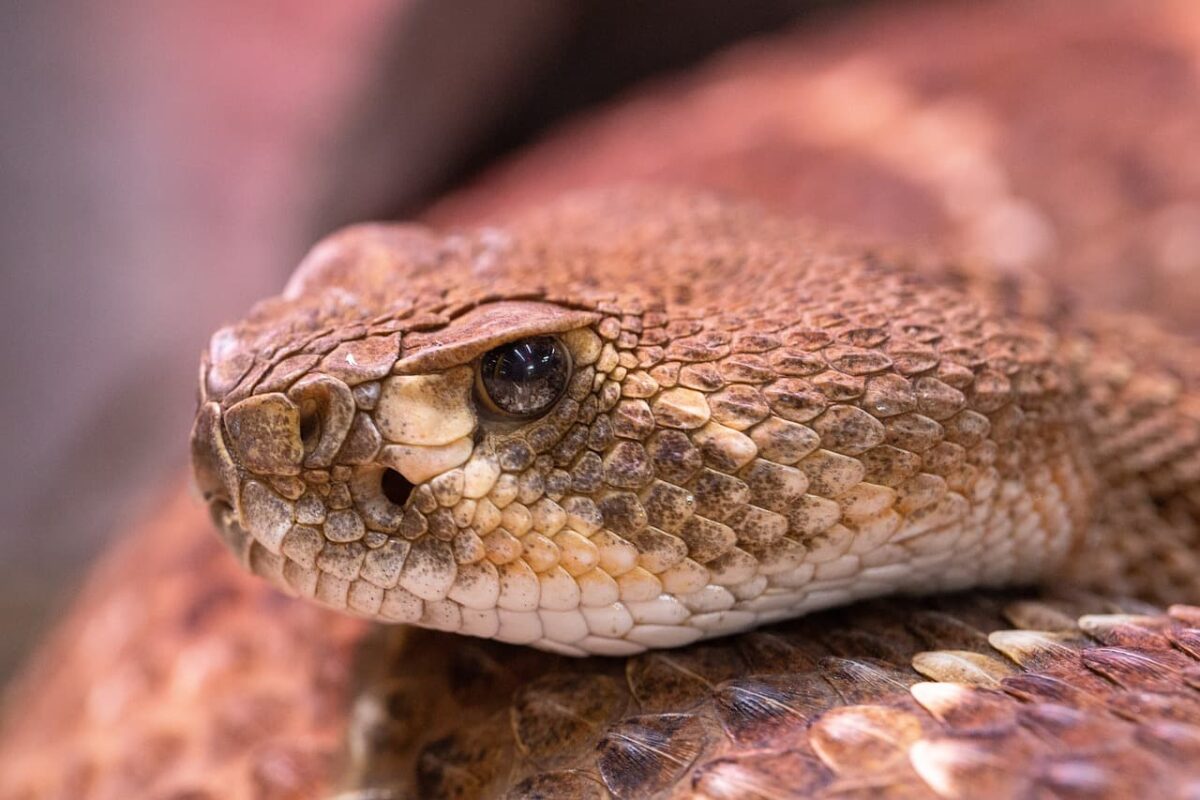
The pit organ allows snakes to “see” even in complete darkness—by detecting heat radiation. This is made possible by a delicate membrane located on the head between the nostrils and the eyes. The membrane contains infrared sensors that are highly sensitive to thermal radiation. The detected infrared radiation activates ion channels in the pit organ, and this information is sent directly to the midbrain, which processes visual, auditory, and tactile stimuli. From this data, an infrared image is created—and in pit vipers, named after this organ, it is even combined with their optical vision to form a perfect 3D image. As a result, a warm-blooded prey animal cannot hide, even in total darkness.
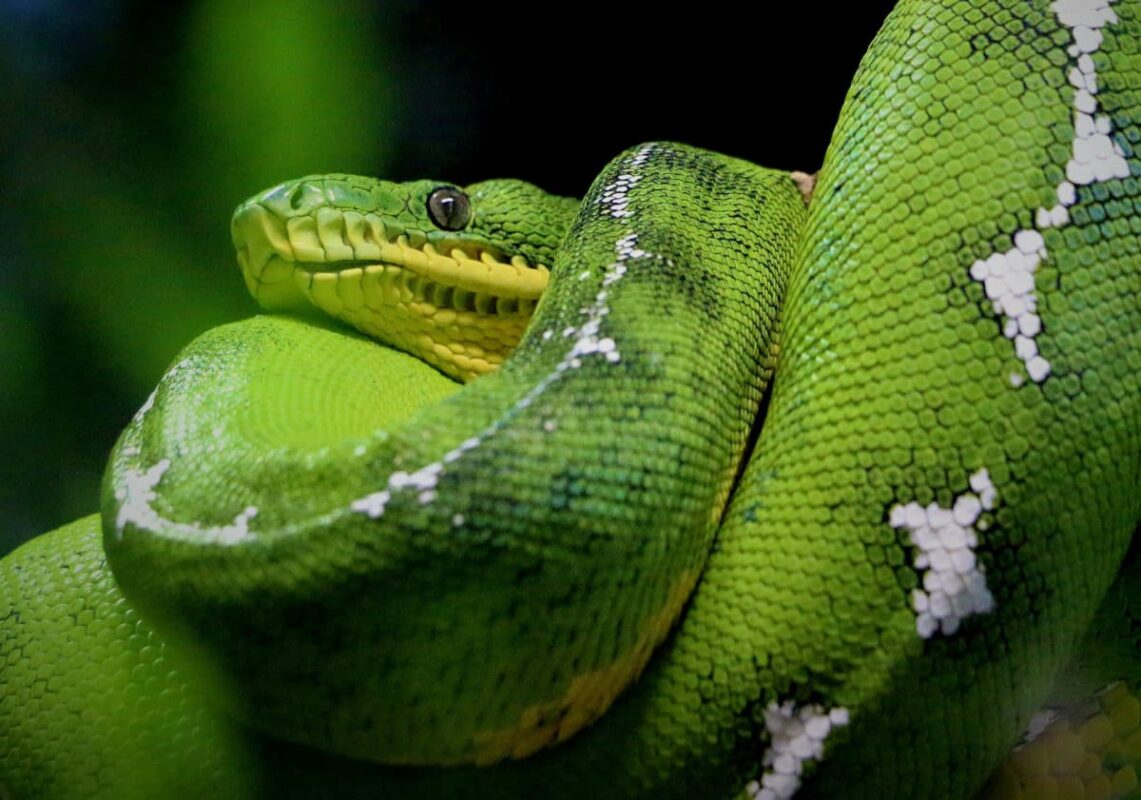
Especially remarkable: Infrared vision using the pit organ evolved independently twice in evolution—once in the families of boas (Boidae) and pythons (Pythonidae), and separately in pit vipers (Crotalinae).
And even more astonishing: In addition to the pit organ, pythons and some boas also have additional heat sensors in so-called “labial pits,” which further enhance their infrared “vision.”
By the way, snakes possess yet another “super sense” with the Jacobson’s organ. This organ was even first discovered in snakes. Also known as the vomeronasal organ, particularly in mammals, it allows snakes to “smell in 3D,” so to speak. With this organ, scent molecules are analyzed highly efficiently. When a snake flicks its tongue, it picks up scent particles on its tongue’s moist surface. As the tongue retracts, these molecules are transferred to the Jacobson’s organ, where they are detected and processed. The gathered information is then sent directly to the brain. Since the Jacobson’s organ is paired, and because the tongue is forked, scent molecules are delivered separately to each side. This enables snakes to “smell in stereo,” helping them determine the direction of a scent source with great precision.

Did You Know?
Although the Jacobson’s organ was first discovered in snakes, other animals also possess this special olfactory organ. While it is no longer present in most adult mammals, it remains functional in species that rely heavily on their sense of smell for hunting or foraging. Examples include cats, dogs—and even hedgehogs!
Header image: A spectacled cobra (Naja naja) in a defensive posture. Photo: Anil Sharma via Pexels

